Headless & Wordpress
Understand our infrastructure
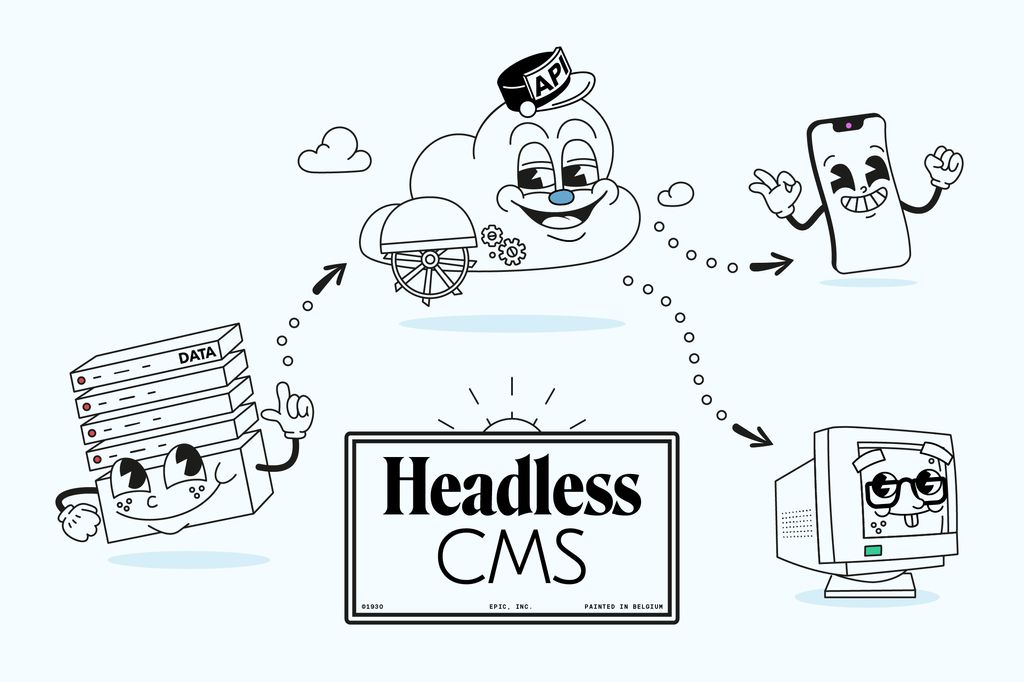
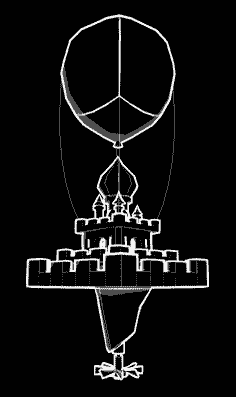
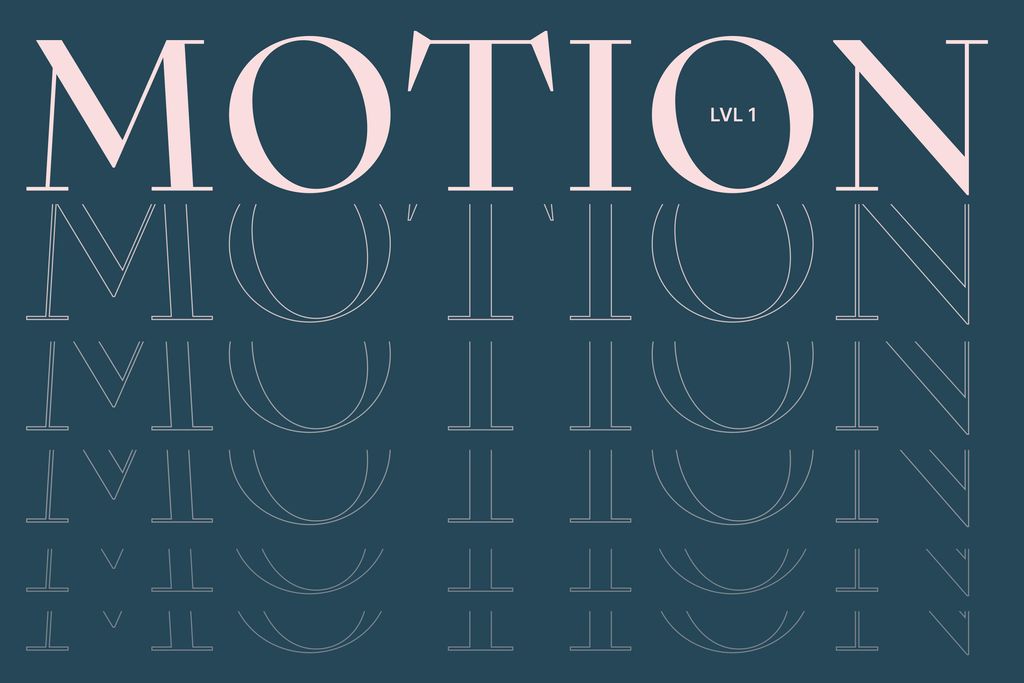
Motion design, also known as motion graphic design, is the art of breathing life into graphic images.
So… it’s a cartoon?
As much as motion design can be said to have its origins in animation as we all know it (Disney and Pixar (3D)), there’s 3 main criteria:
1. The duration:
Motion design is usually about a few dozen seconds to 4-5 minutes long.
2. The format:
We typically find motion design in TV commercials, music videos, movie credits, digital advertising displays, shorts on social media, reels, or more recently and more closely related to art: NFTs.
3. The target audience:
The main purpose of motion design is usually commercial, more specifically to explain a concept or promote a product.
For years, video has been a rapidly growing communications format. The trend towards communicating via video has been accentuated by digital progress (speed of mobile connection, bandwidth availability, etc.) and the increased use of social media platforms such as YouTube and TikTok. Motion design jumped on that bandwagon, and it has been growing intensively ever since.
EPIC has been using this discipline since the agency was founded, and it’s one of our many assets we offer our clients every day… but why?
To cause a change, using creative communication.
Modern branding is more than just a logo. It’s anything and everything about a brand that needs to be considered: from the colors that represent a brand to the typography that will cut out the competition.
Out of the thousands of brands that pop up every day, EPIC aims to ensure that your branding is recognized, and better still… remembered.
Because a picture is worth a thousand words (not counting SEO)
Design, as opposed to art, meets a functional need! After all, designers are essentially “solution designers”.
Motion design is functional and knows what’s up, because it draws on knowledge of animation and storytelling to create videos capable of explaining complex ideas in a series of images.
The war for media “brain time” has a direct impact on the way web users take in content… and trends show that textual content sticks way less often if it is not supported (or even replaced) by video. It’s safe to say that motion design helps to facilitate comprehension.
Because a well-told story has more impact
“This is the tale of a young maid who, in spite of everything, found love with a rich prince.” Cinderella’s story wouldn’t seem too appealing to children (of any age) if it weren’t for that healthy dose of storytelling injected by the writers, scriptwriters and animators at Disney Studios.
Motion designers can tell a story with a simple or factual starting point, but integrate the power of storytelling through pastel colors, rhythm, a crazy script… cue the emotion!
Because it’s possible to make people feel… without using actual people.
Using professional actors can be quite the challenge when it comes to producing video content. Between research, planning, costs and schedules, we often find ourselves up against the wall with an implementation that’s unrealistic in relation to the project’s needs.
This is where motion design comes in. The production costs are infinitely lower than for “real” video production, and the control and flexibility are far greater (say goodbye to “re-shooting” a scene, because you can edit to your heart’s desire).
Step 1 – The briefing
The first step in any major project. We base all our work on a briefing that comes directly from the client. This briefing typically includes elements such as business objectives, project topic, target audiences and an initial script idea.
Step 2 – The script
Based on the briefing, we get down to the nitty-gritty… no need for illustrations just yet. The first stage of production is all about the animation script. It’s pretty straightforward, really: we fully use the client’s input to co-create a basic script for the motion design. This stage involves imagining the story we’re going to tell, but only in words.
Step 3 – The mood board
Once the script is finished, we can start exploring the graphic aspect of the motion design. Together with the client, we look for various possible styles all the while staying in line with the essence of the story to tell (based on the script, that is!). The challenge is to create a graphic style that is not only unique but also fits the client’s brand image. You might think the choice of style is subjective, but we always keep in mind the advice and opinions of our motion design specialists: “A streamlined style to counterbalance the complexity of the subject”, “A more realistic or richer style, if the rhythm is slower and allows you to linger on the image”, you know the drill.
Step 4 – The storyboard
Here’s where the magic happens. Once we’ve nailed down the graphic style, we move on to the creative process: the storyboard! In this stage we sketch out the main ideas and figure out the highlights of our motion design. This way we can tweak the script where necessary and agree on the story’s central ideas that will be represented.
Step 5 – The style frame
One or two key scenes are chosen and worked on in detail (application of graphic style, textures, colors etc.) to finish defining a style for the motion design. Based on this stage, production can begin.
Step 6 – Production and animation
After the approvals of the previous steps, the bulk of the work can begin. Our motion designers illustrate all the scenes and animate them, second by second, to create a final product.
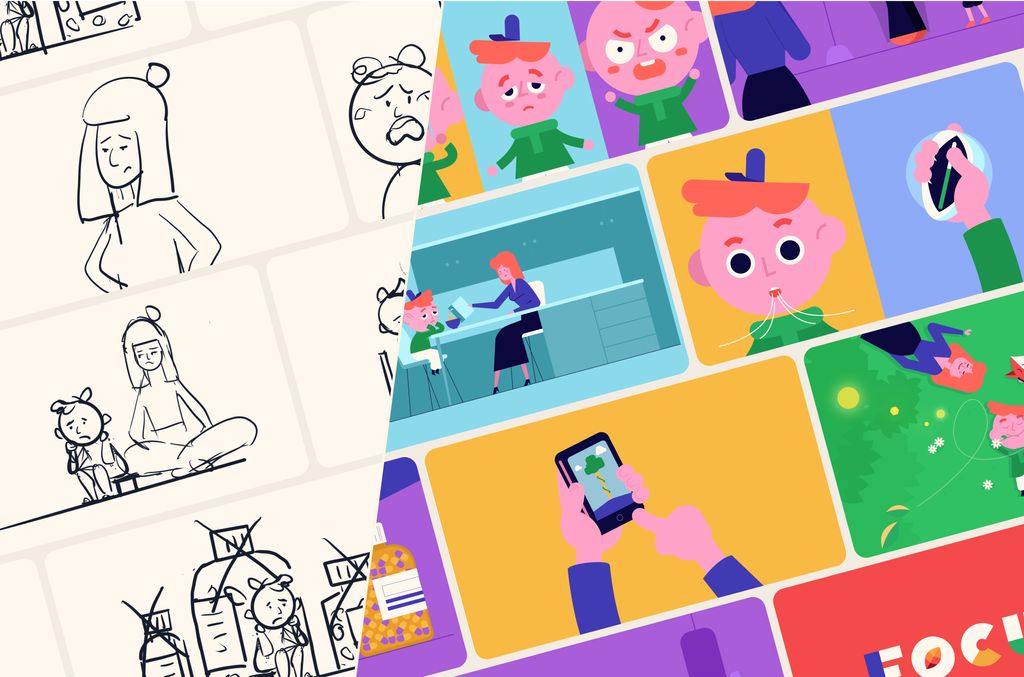
Step 7 – The voice over
Depending on the type of animation (TV commercial, music video, explainer video), its distribution channel (social media platforms, small or large screens), we might need to consider a voice over. This is when the voice of a professional actor is used to support the animation and run a text, often the basic motion design script.
This part of the project is only done when at least a large part of the sequences has been created, so that the actor can change his or her voice to the rhythm of the animation.
For certain projects with an international target audience, the voice over can of course be produced in different languages and may or may not be accompanied by subtitling.
Step 8 – The music
When producing a video, you can’t turn a blind eye to the emotional impact of good music. Finding the right soundtrack can be time-consuming, but it can make a real difference. The same goes for sound effects, which add a finishing touch to the final product.
Step 9 – Render and export
After a final round of checks and approvals, the hard part is done! All that’s left to do is produce the various video file exports (varying file sizes, quality, and sometimes even several “short” or “long” versions of the same project) and distribute them via the chosen communication channels.
Templates are a big no-no!
If quality is our way to go, then personality is key. There’s a couple of things we don’t do at EPIC: premade motion designs, reusable templates or sequences made for other clients will never be on the table. Everything from A to Z is tailored to your needs.
The artsy route
We make sure that the graphic style is perfectly in line with your branding. That means no pictograms or images from the library, and definitely no premade animation styles that we’ve all seen a gazillion times before (see animation examples “whiteboard”) The characters get their own personality that suits them to a tee.
Telling a story
On top of that, we want you to accompany us on a journey that portrays funny yet impacting scenarios, all the while conveying a very clear message.
There’s no such thing as miracles. We believe that creativity takes time and it’s the details that make the difference! Here at EPIC, we want your motion to be unique!

Imagine, build, tell.
If you’ve read this far, it’s probably easy enough to realize that motion design is… an obvious choice for EPIC.
Animation forms a big part of all our design processes… even if we’re not talking aboutmotion design. In fact, we animate everything from our brandings (animating an epic logo toreinforce a brand’s identity) to the web (page transitions, button hover effects…), and not forgetting gaming (animating video game characters and environments).
Every little detail counts when it comes to creating a cohesive and interesting whole. And we strive to breathe life and richness into every one of our creations!
Would you like to go over your next motion design project with us? Be sure to hit us up!

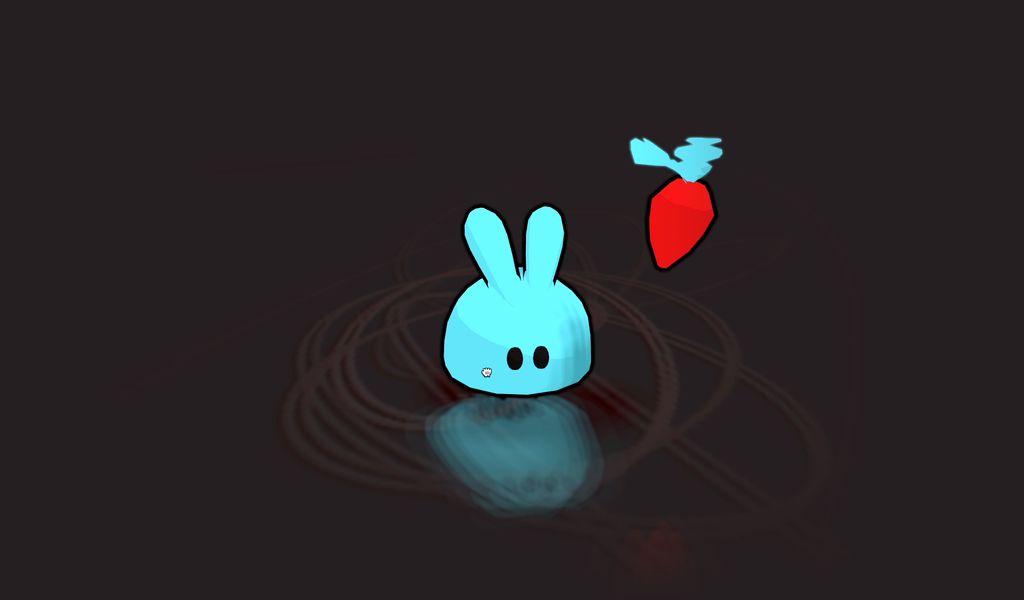
We all love surprises, don't you? Check out our charming bunny ice-skating game!
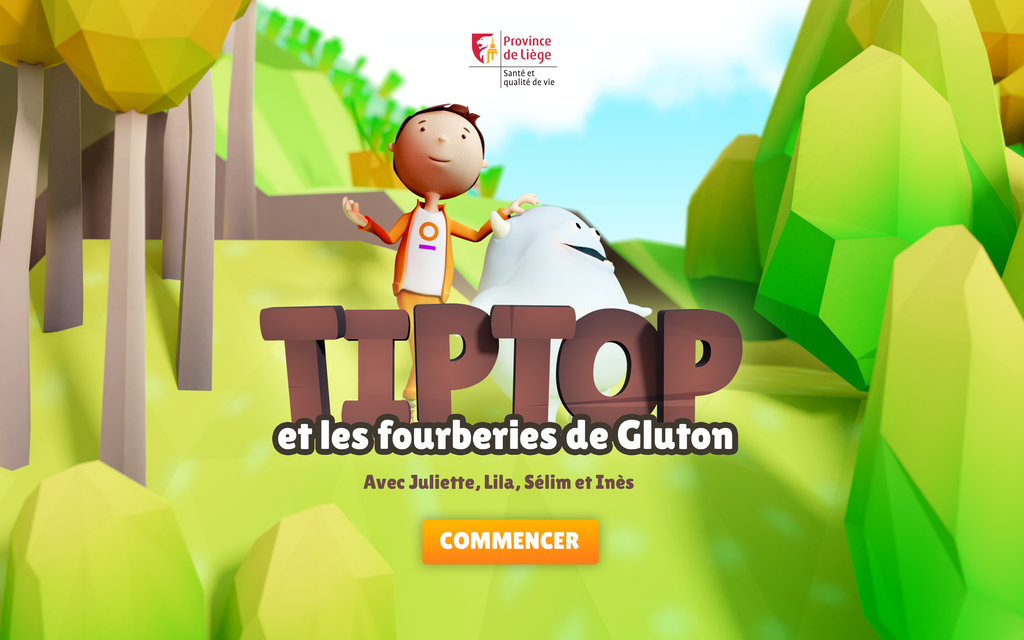
The province of Liège approached us to come up with a tablet app to tackle physical and mental health issues in children. The app will be deployed in all primary schools of the province.